Workshop “FDA meets Generalised Geometry”
- Thomas Basile (UMONS)
- Martin Cederwall (Chalmers University)
- Maxim Grigoriev (UMONS)
- Falk Hassler (Wroclaw University)
- Josh O'Connor (UMONS)
- David Osten (Wroclaw University)
- Jakob Palmkvist (Chalmers University)
- Evgeny Skvortsov (UMONS)
| Monday | |
| 10:00 - 11:30 | David Osten (Pentagon, room 3E10) |
| 11:30 - 12:00 | Coffee break and discussion |
| 12:00 - 13:00 | Lunch |
| 13:00 - 14:30 | Thomas Basile (Pentagon, room 3E20) |
| 14:30 - 15:00 | Coffee break and discussion |
| 15:00 - 16:30 | Josh O'Connor (Pentagon, room 3E20) |
| Tuesday | |
| 10:00 - 11:30 | Falk Hassler (BSM, Kohn room) |
| 11:30 - 12:00 | Coffee break and discussion |
| 12:00 - 13:00 | Lunch |
| 13:00 - 14:30 | Martin Cederwall (Pentagon, room A011) |
| 14:30 - 15:00 | Coffee break and discussion |
| 15:00 - 16:00 | Maxim Grigoriev (Pentagon, room A011) |
| 19:00 | Conference dinner |
| Wednesday | |
| 10:00 - 11:30 | Jakob Palmkvist (De Vinci, Mirzakhani room) |
| 11:30 - 12:00 | Coffee break and discussion |
| 12:00 - 13:00 | Lunch |
| 13:00 - 14:30 | Evgeny Skvortsov (B6, room 06) |
| 14:30 - 15:00 | Coffee break and discussion |
| 15:00 - 16:30 | Discussion session (B6, room 06) |
Monday
David Osten | Generalised Cartan geometry
Abstract: I will present our recent work on a Cartan-geometric framework for generalised geometries governed by a differential graded Lie algebra. This is based on the geometry of an extended tangent bundle that admits the action of both a global duality group G and a local gauge group H. This algebraic structure is implemented via a brane current algebra -- the phase space Poisson structure of p-branes. Within this Cartan-inspired framework, one can define a hierarchy of generalised connections and compute their linearised torsion and curvature tensors.
Thomas Basile | The answer is not 42, it's Q^2=0
Abstract: The purpose of this talk is to give a first glance at how `Free Differential Algebras' can be used to write down equations of motion, illustrated with the case of gravity. We will highlight the various algebraic structures encountered along the way---such as the Chevalley--Eilenberg cohomology and strong homotopy Lie algebras---and argue that the language of Q-manifolds offers a concise and efficient way of encompassing them.
Josh O'Connor | Linearised E11 ExFT dynamics and dualities
Abstract: In this talk we will explore the linearised approximation of E11 exceptional field theory (ExFT). The second-order equations of motion for all dual (bosonic) supergravity fields and the first-order duality relations that link them are found to be Euler-Lagrange equations for truncations of the linearised E11 pseudo-Lagrangian. From level six, we find that extra fields appear inside the equations of motion for the propagating E11 fields, whereby all the equations of motion take the form of a generalised Ricci-flat equation. These extra fields belong to a particular bounded weight representation of E11, and they are related non-locally to gauge potentials at lower levels.
Tuesday
Falk Hassler | Strings, Membranes, and a Hidden Symmetry Algebra in Quantum Gravity
Abstract: Geometry underpins gravity, while the quantum world is governed by algebras of observables. In string theory, (super)gravity and its quantum corrections emerge from specific vibration modes of relativistic strings, described by vertex operator algebras in two-dimensional conformal field theories. However, the precise map between these two is highly non-trivial and is only known explicitly to the first orders in a perturbative expansion. I will reveal a new, infinite-dimensional symmetry algebra that at least reproduces the leading two orders of quantum corrections. Remarkably, it has the potential to evade a no-go theorem that rules out competing approaches to uncover hidden symmetries in supergravity beyond second-order corrections. Given that many of the algebraic structures encountered here have a natural generalization from strings to membranes, this suggests a similar approach to analyzing quantum corrections in 11-dimensional supergravity - the low-energy limit of M-theory. Beyond fundamental insights, these results have broad applications, including the construction of new supergravity solutions, the analysis of their spectrum, the computation of renormalization group flows in two-dimensional σ-models, and the study of integrable strings. A generalization of Cartan geometry is found on the mathematical side.
Martin Cederwall | Complexes for extended geometry
Abstract: I will sketch the general structure of BV complexes describing extended geometry, based on information from tensor hierarchy algebras. Also how they can possibly be extended (without non-degenerate pairing) to something that looks like unfolding. Maybe this can be a path towards more geometric descriptions of extended geometries?
Maxim Grigoriev | Presymplectic BV-AKSZ formalism and Lagrangians for FDAs
Abstract: I plan to review the BV-AKSZ approach to local gauge theories focusing on the relation to FDA/unfolding and on the applications to (super)gravity models.
Wednesday
Jakob Palmkvist | Non-associative structures in extended geometry
Abstract: I will consider a generalisation of vector fields on a vector space, where the vector space is generalised to a highest-weight module over a Kac-Moody algebra. The generalised vector field is an element in a non-associative superalgebra defined by the module and the Kac-Moody algebra. Also the Lie derivative of a vector field parameterised by another is generalised and expressed in a simple way in terms of this superalgebra. It reproduces the generalised Lie derivative in the general framework of extended geometry, which in special cases reduces to the one in exceptional field theory, unifying diffeomorphisms with gauge transformations.
Evgeny Skvortsov | A prototype of exceptional symmetries: how Gravity jumps from n+3 to 3
Abstract: I will consider a dimensional reduction of Gravity from d+n down to d dimensions, specifically, to d=3. Only FDA/frame-like approach will be involved in this story. Hopefully, this example illustrates all the main features present in more complicated supergravity theories and the usual problems, e.g. of how to realize the extended symmetry without a section constraint.
David Osten | Generalised Cartan geometry
Abstract: I will present our recent work on a Cartan-geometric framework for generalised geometries governed by a differential graded Lie algebra. This is based on the geometry of an extended tangent bundle that admits the action of both a global duality group G and a local gauge group H. This algebraic structure is implemented via a brane current algebra -- the phase space Poisson structure of p-branes. Within this Cartan-inspired framework, one can define a hierarchy of generalised connections and compute their linearised torsion and curvature tensors.
Thomas Basile | The answer is not 42, it's Q^2=0
Abstract: The purpose of this talk is to give a first glance at how `Free Differential Algebras' can be used to write down equations of motion, illustrated with the case of gravity. We will highlight the various algebraic structures encountered along the way---such as the Chevalley--Eilenberg cohomology and strong homotopy Lie algebras---and argue that the language of Q-manifolds offers a concise and efficient way of encompassing them.
Josh O'Connor | Linearised E11 ExFT dynamics and dualities
Abstract: In this talk we will explore the linearised approximation of E11 exceptional field theory (ExFT). The second-order equations of motion for all dual (bosonic) supergravity fields and the first-order duality relations that link them are found to be Euler-Lagrange equations for truncations of the linearised E11 pseudo-Lagrangian. From level six, we find that extra fields appear inside the equations of motion for the propagating E11 fields, whereby all the equations of motion take the form of a generalised Ricci-flat equation. These extra fields belong to a particular bounded weight representation of E11, and they are related non-locally to gauge potentials at lower levels.
Tuesday
Falk Hassler | Strings, Membranes, and a Hidden Symmetry Algebra in Quantum Gravity
Abstract: Geometry underpins gravity, while the quantum world is governed by algebras of observables. In string theory, (super)gravity and its quantum corrections emerge from specific vibration modes of relativistic strings, described by vertex operator algebras in two-dimensional conformal field theories. However, the precise map between these two is highly non-trivial and is only known explicitly to the first orders in a perturbative expansion. I will reveal a new, infinite-dimensional symmetry algebra that at least reproduces the leading two orders of quantum corrections. Remarkably, it has the potential to evade a no-go theorem that rules out competing approaches to uncover hidden symmetries in supergravity beyond second-order corrections. Given that many of the algebraic structures encountered here have a natural generalization from strings to membranes, this suggests a similar approach to analyzing quantum corrections in 11-dimensional supergravity - the low-energy limit of M-theory. Beyond fundamental insights, these results have broad applications, including the construction of new supergravity solutions, the analysis of their spectrum, the computation of renormalization group flows in two-dimensional σ-models, and the study of integrable strings. A generalization of Cartan geometry is found on the mathematical side.
Martin Cederwall | Complexes for extended geometry
Abstract: I will sketch the general structure of BV complexes describing extended geometry, based on information from tensor hierarchy algebras. Also how they can possibly be extended (without non-degenerate pairing) to something that looks like unfolding. Maybe this can be a path towards more geometric descriptions of extended geometries?
Maxim Grigoriev | Presymplectic BV-AKSZ formalism and Lagrangians for FDAs
Abstract: I plan to review the BV-AKSZ approach to local gauge theories focusing on the relation to FDA/unfolding and on the applications to (super)gravity models.
Wednesday
Jakob Palmkvist | Non-associative structures in extended geometry
Abstract: I will consider a generalisation of vector fields on a vector space, where the vector space is generalised to a highest-weight module over a Kac-Moody algebra. The generalised vector field is an element in a non-associative superalgebra defined by the module and the Kac-Moody algebra. Also the Lie derivative of a vector field parameterised by another is generalised and expressed in a simple way in terms of this superalgebra. It reproduces the generalised Lie derivative in the general framework of extended geometry, which in special cases reduces to the one in exceptional field theory, unifying diffeomorphisms with gauge transformations.
Evgeny Skvortsov | A prototype of exceptional symmetries: how Gravity jumps from n+3 to 3
Abstract: I will consider a dimensional reduction of Gravity from d+n down to d dimensions, specifically, to d=3. Only FDA/frame-like approach will be involved in this story. Hopefully, this example illustrates all the main features present in more complicated supergravity theories and the usual problems, e.g. of how to realize the extended symmetry without a section constraint.
Registration
If you wish to attend the meeting please send an email to Evgeny.SKVORTSOV@umons.ac.beHow to reach the conference venue
- Direct trains from Zaventem airport to Mons are available every hour. You only have to be careful to look for trains directed to Bergen, which is the Dutch name of Mons; alternatively, you can reach the station Brussels Midi and take a train to Mons;
- Charleroi airport is connected to Mons by a shuttle bus (bus schedule);
- Trains from Brussels to Mons are running every half an hour, starting around h:25 and h:56 from Midi station (please crosscheck the train schedule!);
- The workshop will take place in the UMONS campus “Plaine de Nimy”, that can be reached from Mons train station in 20/25 minutes by walk (see the precise address below). A limited number of blue-bikes is also available at the train station;
- The talks will take place in the Pentagon, B6 and BSM buildings (map of the campus).
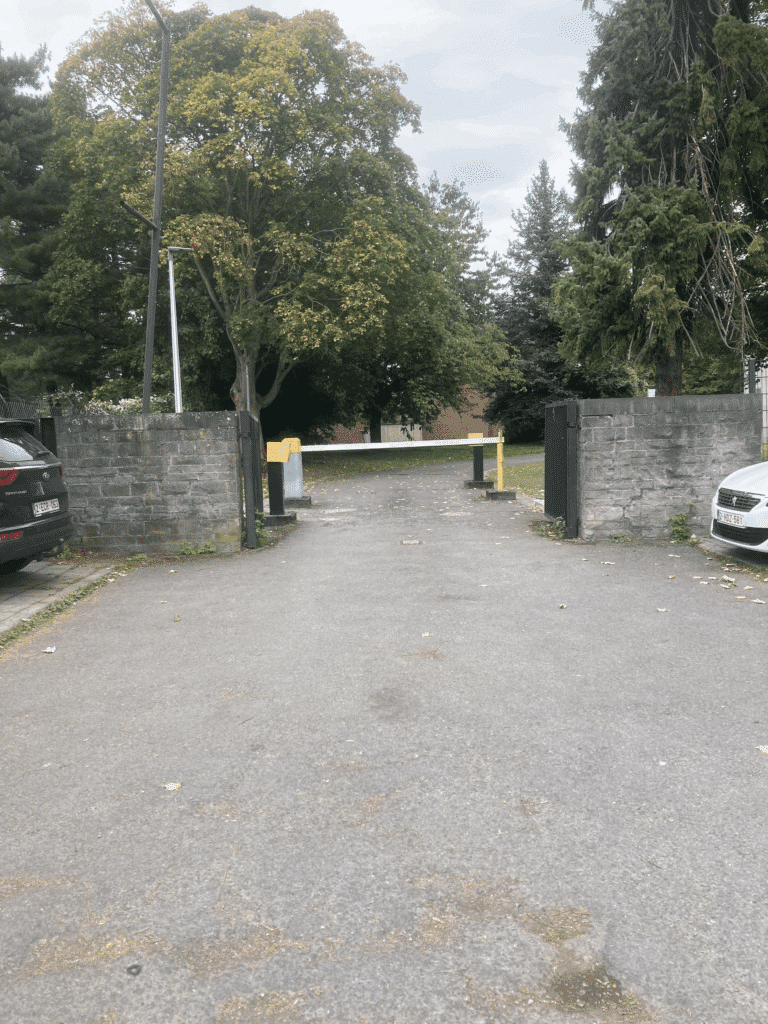
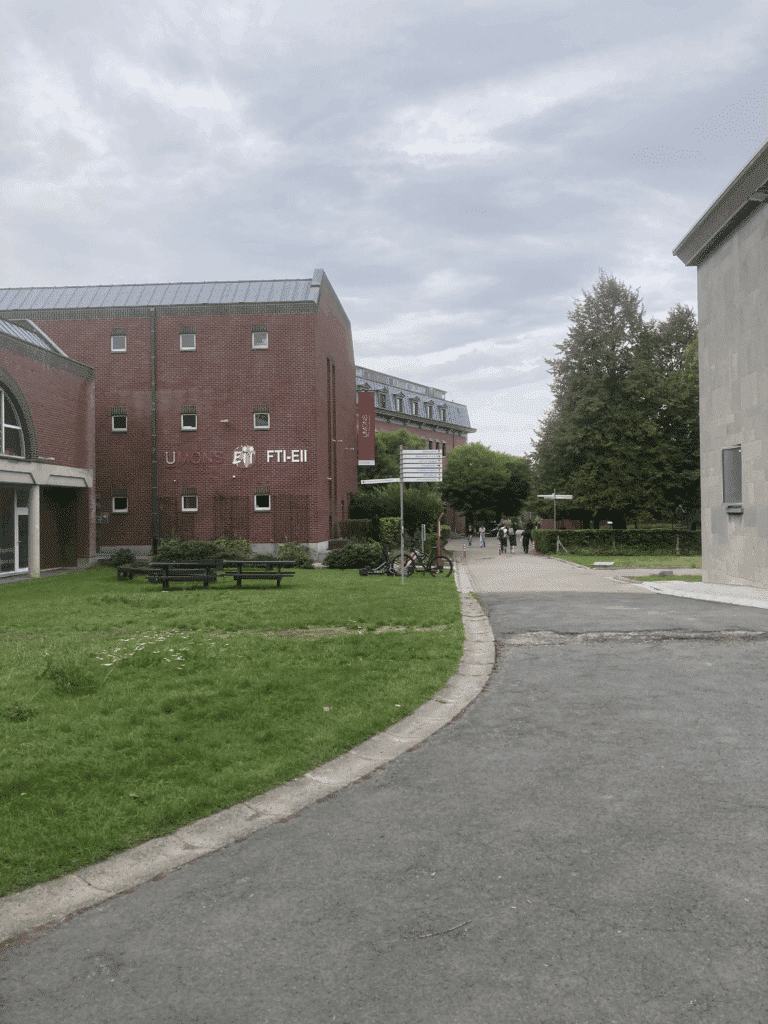
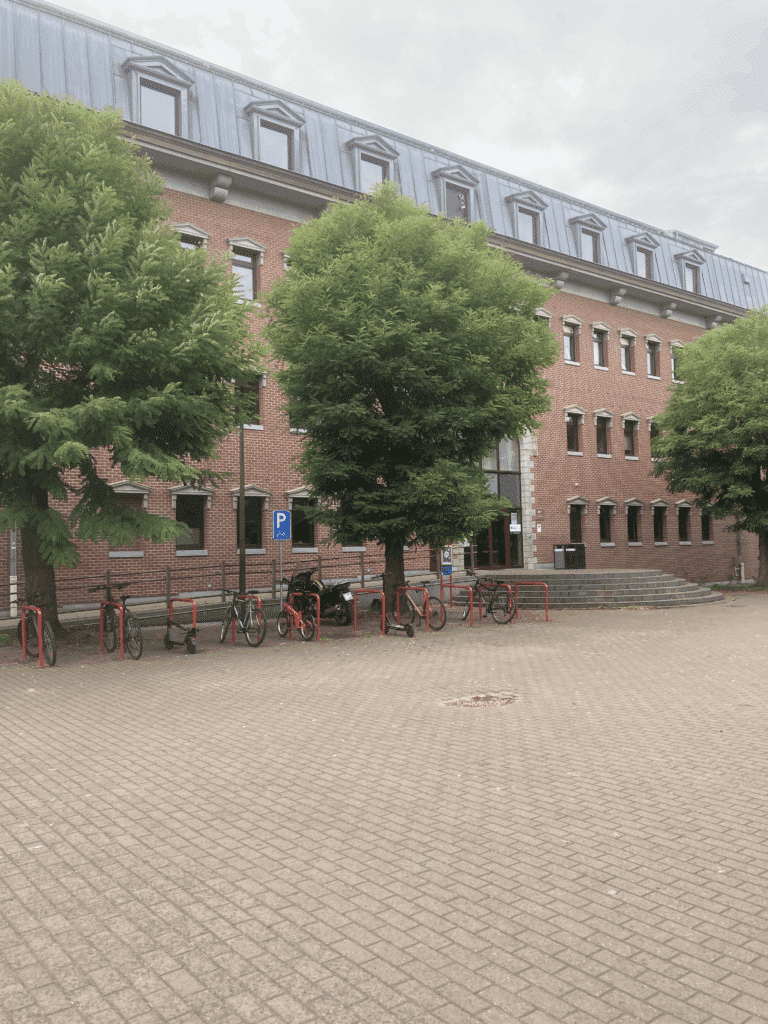
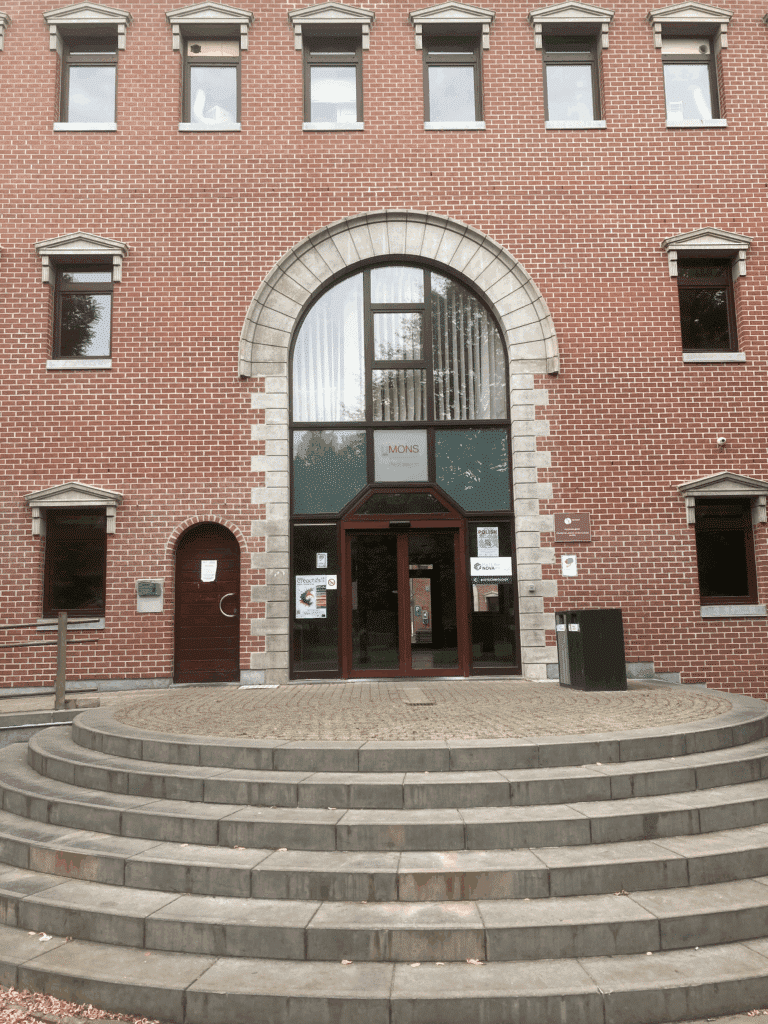
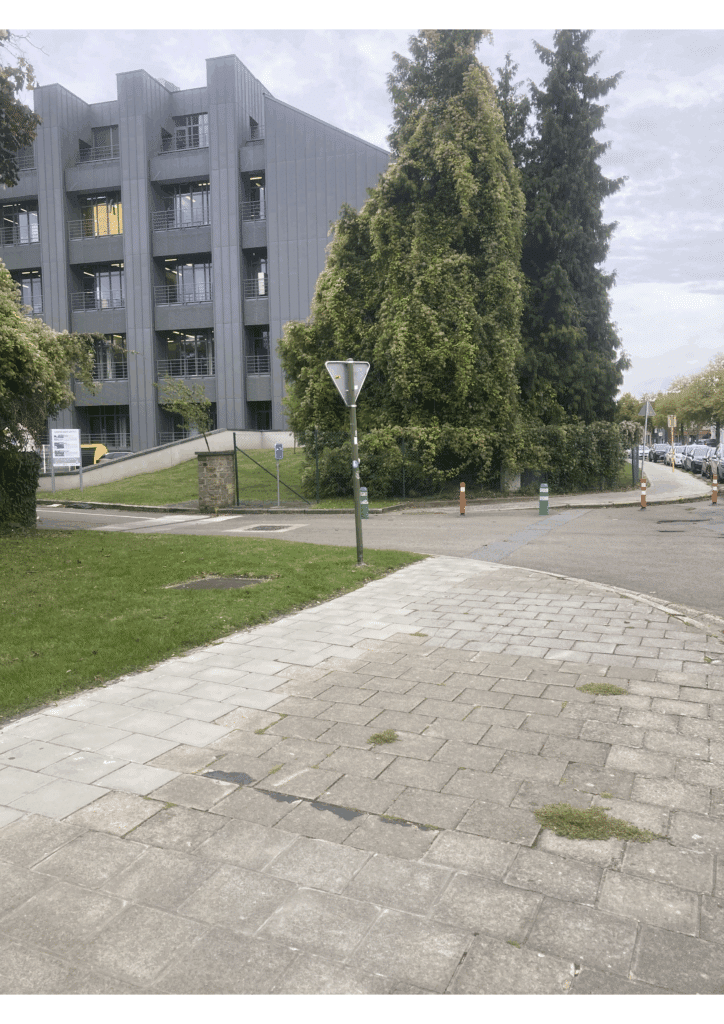
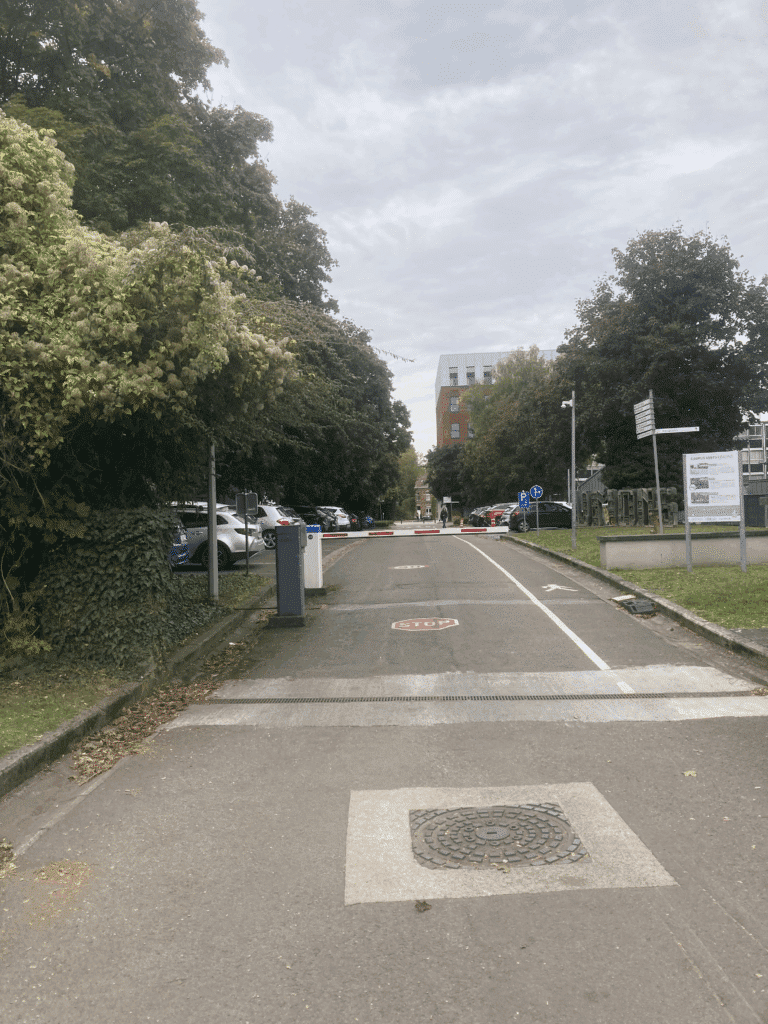
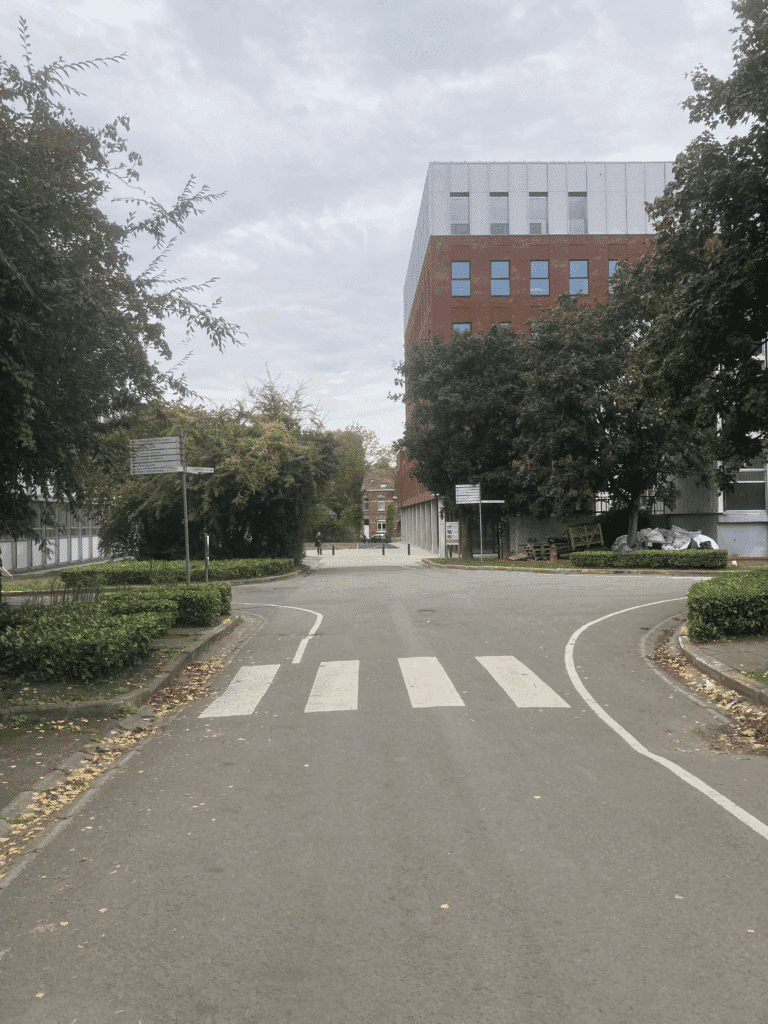
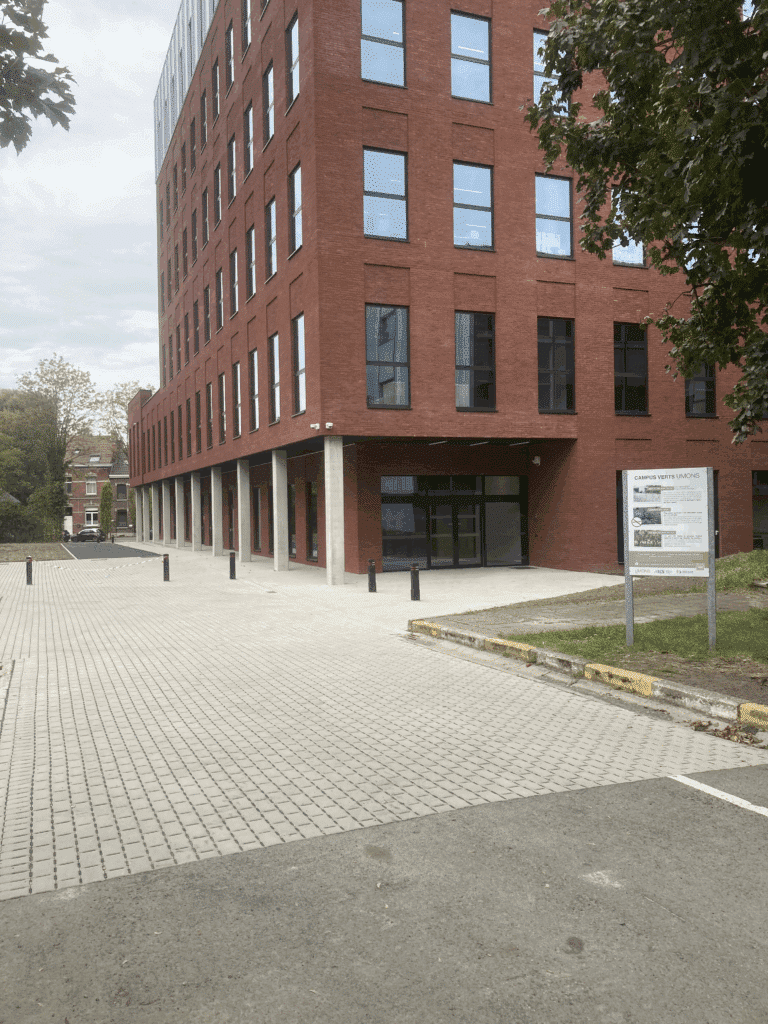
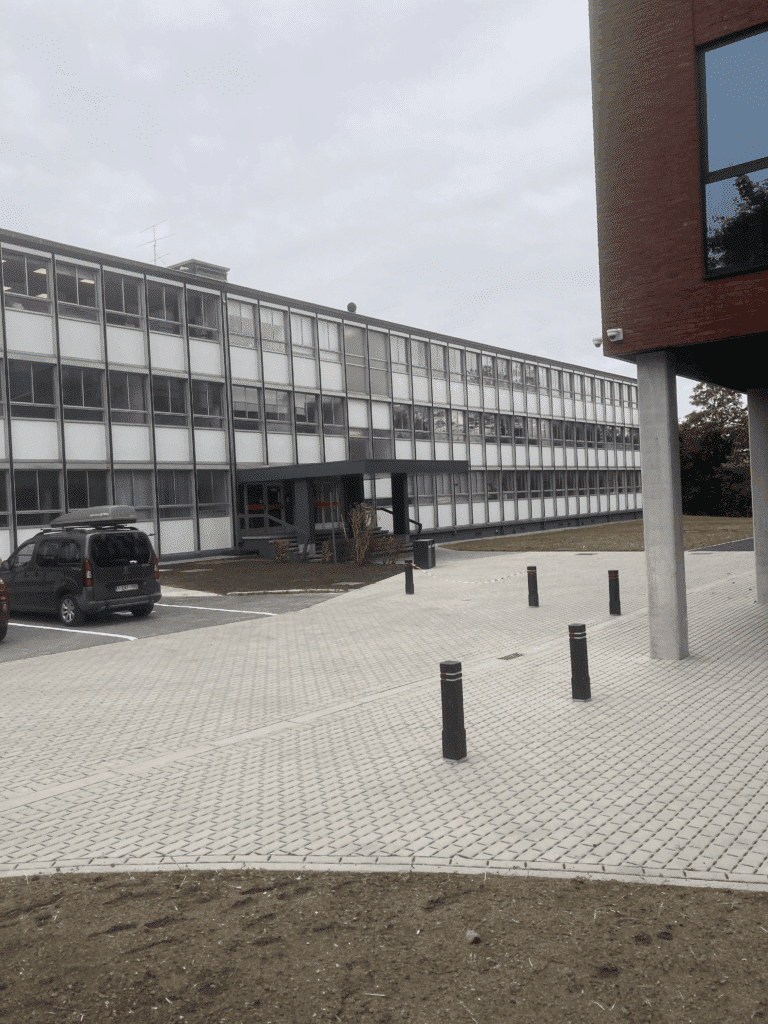
Accommodation
- B&B Hotel Mons centre (10 min by foot from the workshop venue)
- Saint Georges Hotel (10 min by foot from the workshop venue)
- Martin's Dreams Hotel (30 min by foot from the workshop venue)
Address
Avenue Maistriau, 19
7000 Mons, Belgium
7000 Mons, Belgium

